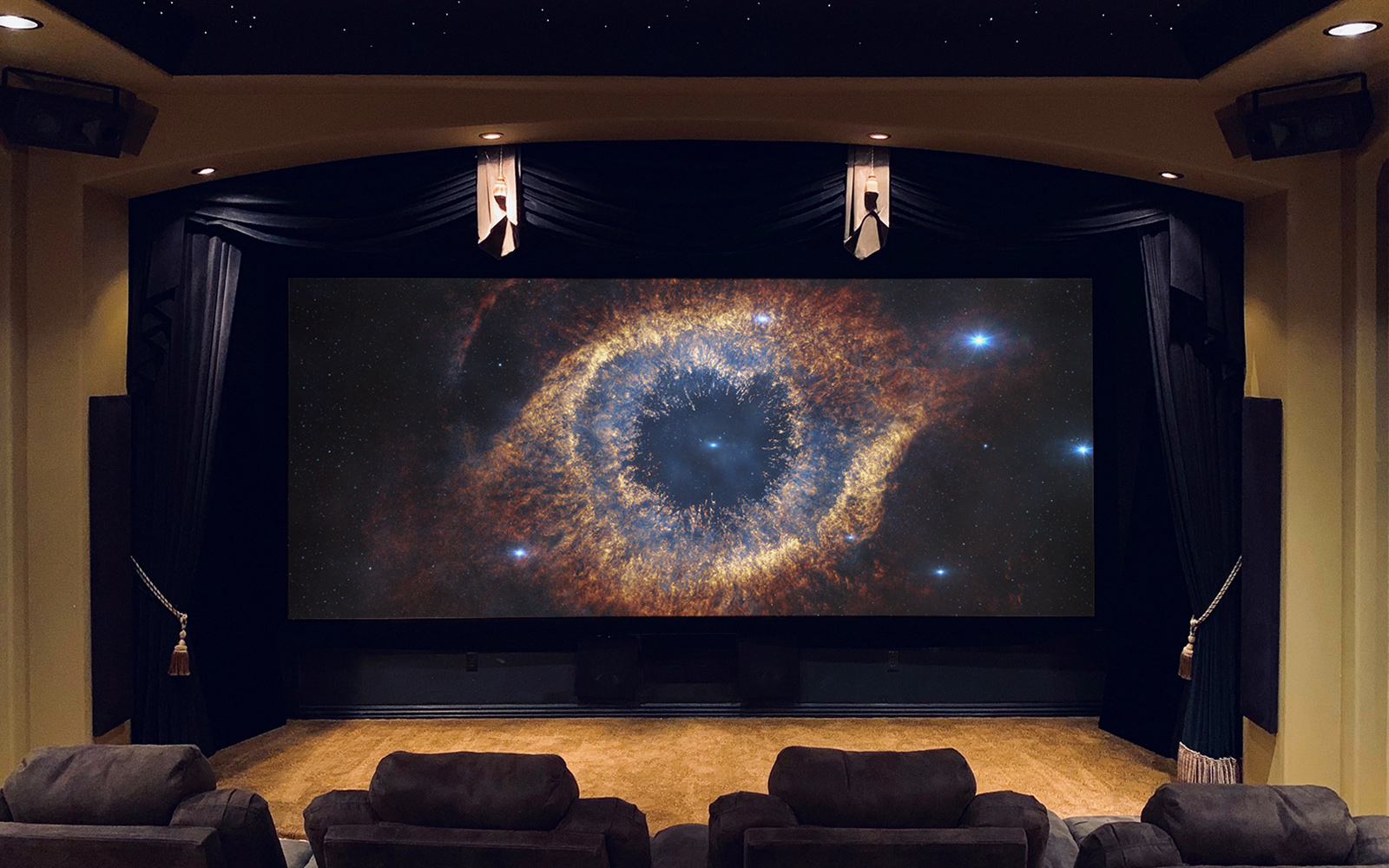Enhancing Security and Surveillance Efficacy Via Strategic Surveillance Camera Placement in Commercial Environments
Enhancing Security and Surveillance Efficacy Via Strategic Surveillance Camera Placement in Commercial Environments
Blog Article
In today’s shopping settings, safety is a top concern for retail proprietors and managers. One effective method to improve safety and monitoring is through the tactical installation of surveillance cameras. Such cameras not just help prevent shoplifting and vandalism but also provide crucial proof in instances of occurrences. By understanding the best spots for surveillance camera placement, store owners can maximize their effectiveness and foster a more secure retail experience for customers and staff alike.
The initial step in successful camera placement is to identify vulnerable zones within the store. These areas typically include entry points and exit points, cash registers, and aisles where expensive products are showcased. By placing surveillance devices in such areas, retailers can monitor shopper actions and detect questionable activities. Additionally, cameras at entrances can capture footage of individuals entering and leaving the retail space, which is crucial for identifying possible shoplifters. This proactive approach helps in minimizing theft and ensuring a secure atmosphere.
Another important factor is the type of camera used in the store environment. Different cameras serve different purposes. For example, dome surveillance cameras are commonly used for indoor surveillance because they are more obtrusive and can the original source monitor a broad space. On the other hand, bullet surveillance cameras are best for outdoor use, as they are much visible and can deter criminal behavior. Store owners should assess their particular needs and choose the appropriate surveillance device models to guarantee comprehensive monitoring of the store.
In addition to camera types, the angle and height at which cameras are mounted have a crucial part in their efficacy. Cameras should be positioned at a height that enables for unobstructed viewing of individuals and activities without being easily tampered with. A common suggestion is to mount surveillance devices at least eight to ten feet off the ground. Furthermore, cameras should be tilted to monitor as wide space as possible while avoiding blind spots. This strategic placement guarantees that all zones of the store are monitored, providing a complete perspective of shopper engagements and potential security risks.
Ultimately, it is crucial for retailers to regularly assess and service their monitoring systems. This includes inspecting surveillance device performance, confirming that footage are clear, and updating software as needed. Regular upkeep aids to prevent technical issues that could jeopardize safety. Additionally, retailers should analyze recordings regularly to identify patterns in shopper behavior and possible safety threats. By staying proactive and mindful to their surveillance systems, store owners can establish a more secure retail atmosphere and protect their assets efficiently.